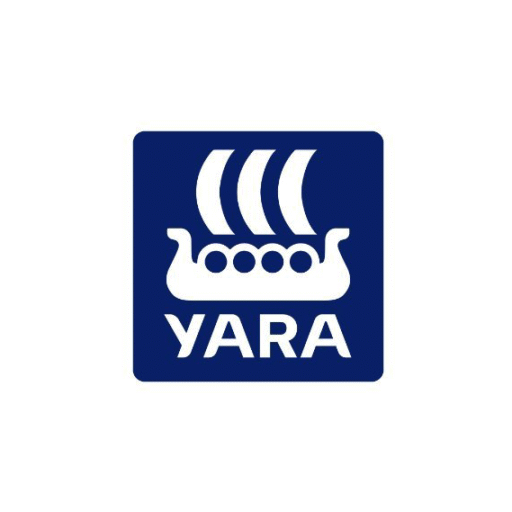YARA — When Hashes Lie, Patterns Don’t
Most tools flag known malware by fingerprint. YARA doesn’t care about names. It watches for structure — strings, opcodes, encodings, byte quirks. That’s what sticks, even when samples change skin.
It’s not a scanner in the usual sense. It’s a pattern engine. Point it at files, memory, anything on disk — write a rule, and it’ll tell what matches. Doesn’t need a vendor feed. Doesn’t need cloud sync. Doesn’t need to guess.
It either matches or it doesn’t. That’s the whole idea.
What It Can Actually Catch
| Looks For… | And Usually Finds… |
| Plain Strings | URLs, filenames, mutexes, registry keys — all the small giveaways. |
| Hex Signatures | Raw instruction sequences, shellcode blocks, junk skips. |
| Regex in Binary | Encoded paths, environment checks, keylogging fragments. |
| PE Section Metadata | Suspicious entry points, wrong permissions, broken import tables. |
| Conditional Logic | “This must be true, unless that also happens” — not just flags and tags. |
| Memory Patterns | Injected DLLs, in-memory loaders, unpacked stubs. |
| Inside Archives | Looks past ZIP and RAR containers if it has to — recursive match. |
Where It Ends Up Working
YARA usually lands where people aren’t looking for alerts — they’re digging. It shows up in:
– Malware labs, when analysts need to tag a whole repo in one sweep.
– DFIR cases, scanning image dumps for things no AV has rules for.
– SOC hunts, filtering known bad patterns before full triage.
– Intel work — tracking behaviors across toolkits, not IOC lists.
– Reverse engineering — writing rules to catch same-family traits across variants.
Nobody runs YARA for the UI. It’s built for text terminals and people who know what they’re after.
How It Gets Used (and Left Running Quietly)
- Installed Once, Updated Rarely
Runs on Linux, macOS, Windows. Lightweight. No services, no daemons.2. Rules Written by Hand or Pulled from the Wild
YARA rules are plain-text. Easy to read. Easier to miswrite — but that’s the tradeoff for control.3. Point and Scan
Folders, disks, memory dumps, sandbox outputs. If it’s mounted, YARA sees it.4. Hook into Anything
It’s just a CLI binary. Script it. Pipe it. Cron it. Build it into sandboxes or CI chains.5. Tune or Triage
Rules are never perfect. Start loose, then get surgical. The tool doesn’t care — it’ll run either way.
Final Notes
YARA doesn’t shout. It doesn’t block. It won’t draw a line in a SIEM dashboard. But it’s the backbone of a huge chunk of serious malware work — not because it’s pretty, but because it’s precise.
It doesn’t tell stories. It tells where the pattern is. The rest is up to the analyst.






